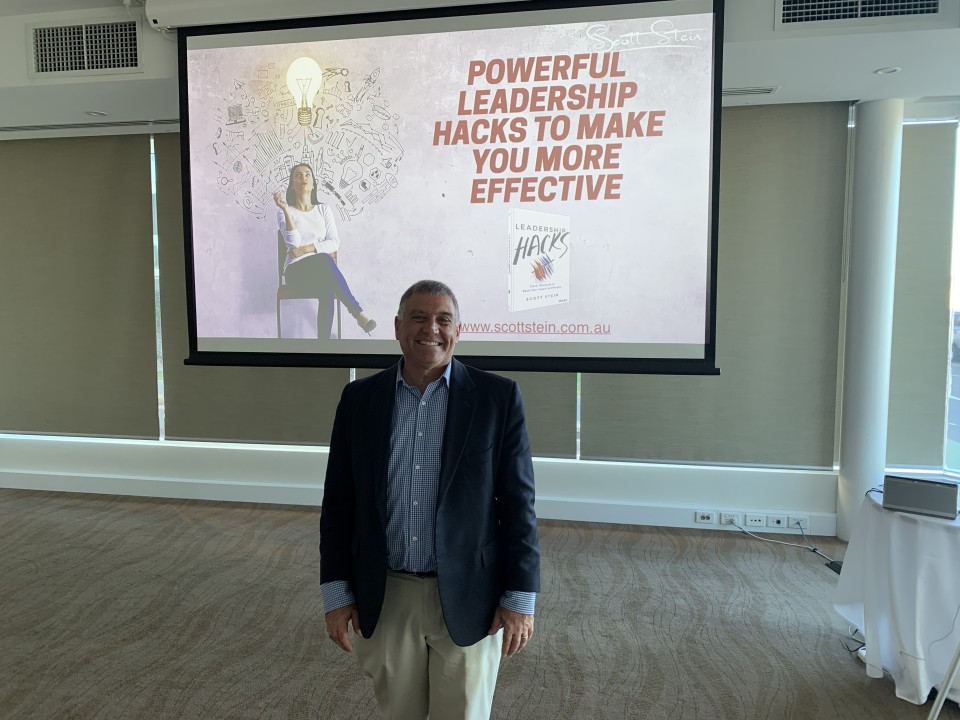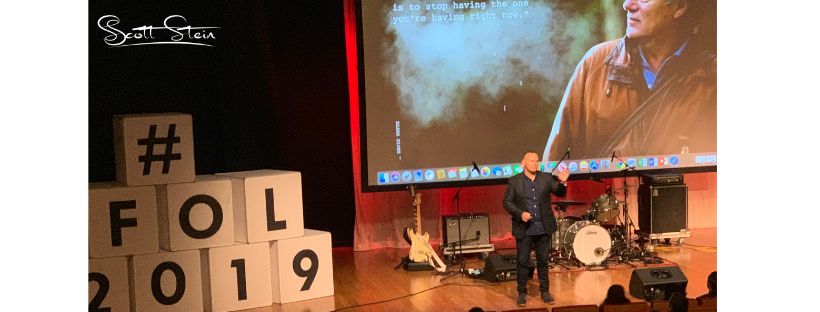
I spoke to a smaller group in Newcastle at the Future of Leadership Conference. I always enjoy meeting and working with people that live in regional areas away from the big cities. Often they have this deep work ethic and are very curious to learn new ways of doing things.
I was fortunate enough to run an additional workshop that provided the audience with a number of Leadership Hacks to help them save time at work (if you would like the whitepaper, just download it here). During the break, I had a wonderful conversation with the Managing Director of a small company. She was asking me a series of questions that showed that she realised that part of her leadership style was a bit old school.
As she spoke I could see that she wanted to change and do things differently, she was just a little stuck on how to start. I asked her a question: “Do you believe that you can change if you really committed and worked at it?” She smiled and said, “Yes, if I want to.”
Do You Believe?
I think today with all the technology, artificial intelligence and supercomputers many of us start doubting what we are capable of. We forget that our human brain is superior to any supercomputer and we also have big hearts that allow us to feel and connect with other people. Sometimes we just forget to remember the potential that we have.
So the next time you are a bit unsure, remember to take the time to check in with yourself and stop doubting what you are capable of. For most of us if we increase our awareness and worked to develop new skills we can lift our performance and the way we mobilise our people in a more effective way. Sometimes we just need to believe.








